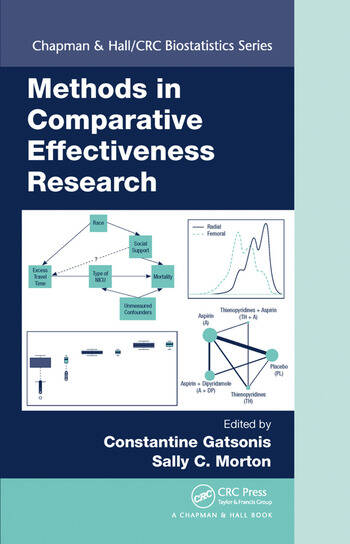Medical Practice Variations
The title of this post is not original, it is really from a
book published in 1990, 27 years ago! And
Wennberg started such research on the 70's. What is new is the book "
Medical Practice Variations" released last year. After all these years concerns have spread, methodological improvement is huge, and unfortunately evidence says that practice still shows wide range of variability. This is the main concern, what to do about it.
The description is excellent, 23 chapters and 527 pages reflect an effort of many years of several projects on the issue. A must read is the chapter 4, p. 53 by Enrique Bernal and his team:
Medical Practice Variations in Elective Surgery. Variations may harm and produce waste, therefore understanding how to prevent low-value care is crucial. They say:
Two key steps in reducing low-value care, proposed by García-Armesto et al. (García-Armesto et al. 2013), are the following:
• Identifying those technologies ineffective in their usual indications or less effective than alternatives
– Dropping them from the benefits basket or making them subject to avoidable copayments
– Restricting indications to certain types of patients (choice guided by evidence of positive benefit/risk balance)
– Specifying and limiting the types of providers more suitable to offer each service (therefore substantiating indication becomes a requisite, discouraging irrelevant use)
– Capping the frequency or length of treatments
• Producing and making available guidance on a regular basis to reduce inappropriate use of procedures
– Highlighting and tackling unwarranted variations in elective surgery (naming and “shaming” to prompt query and change)
– Fostering best practices and improving coordination of care
As I said, a must read. Congratulations to the authors. Unfortunately the barrier is the price: $279. Notwithstanding that, health policy makers and managers should have it as a key reference for their decisions.
PS. If you want to know more about current projects, check the
ECHO website.


